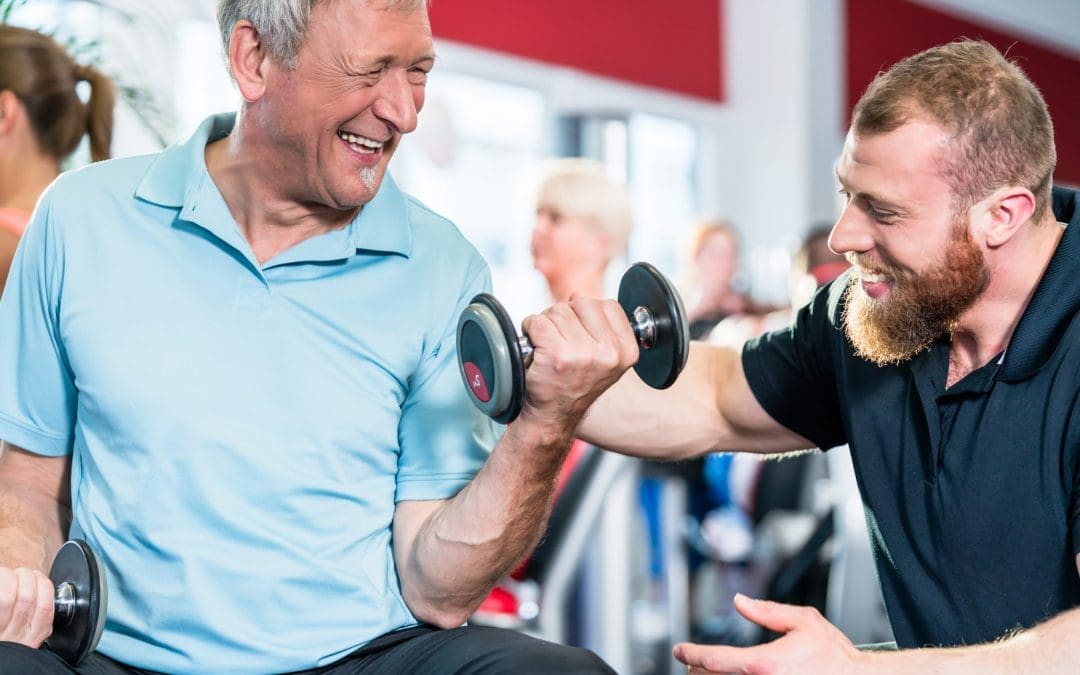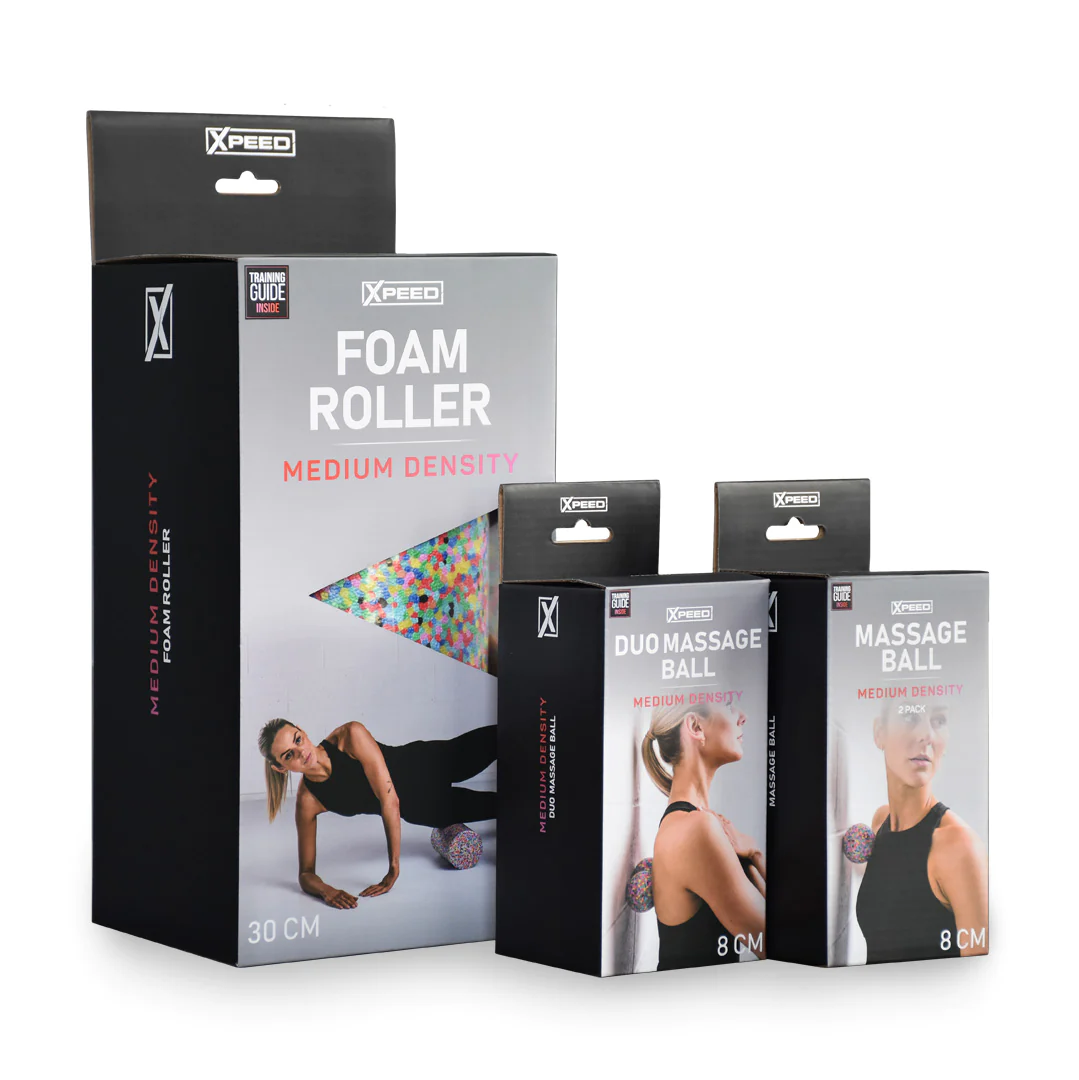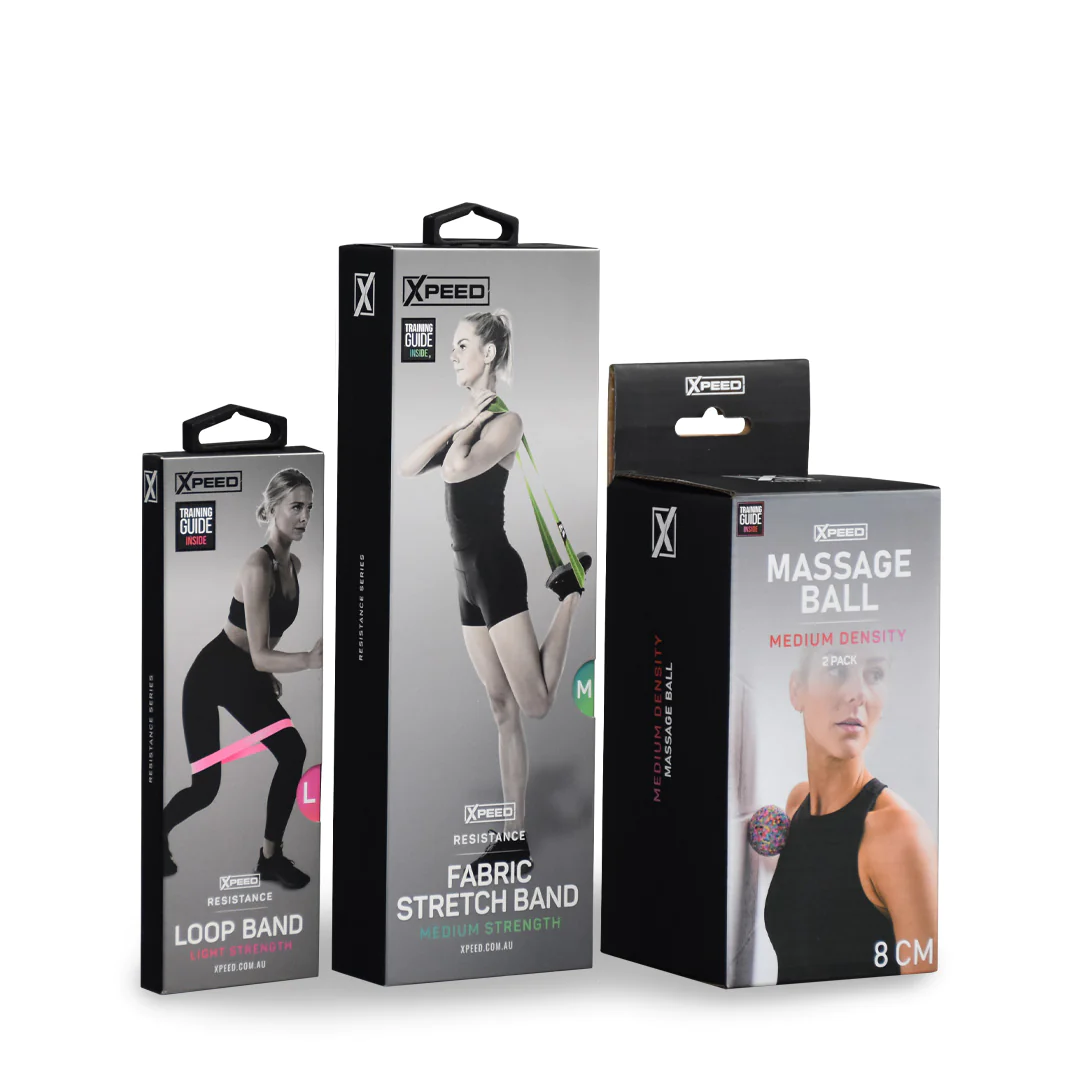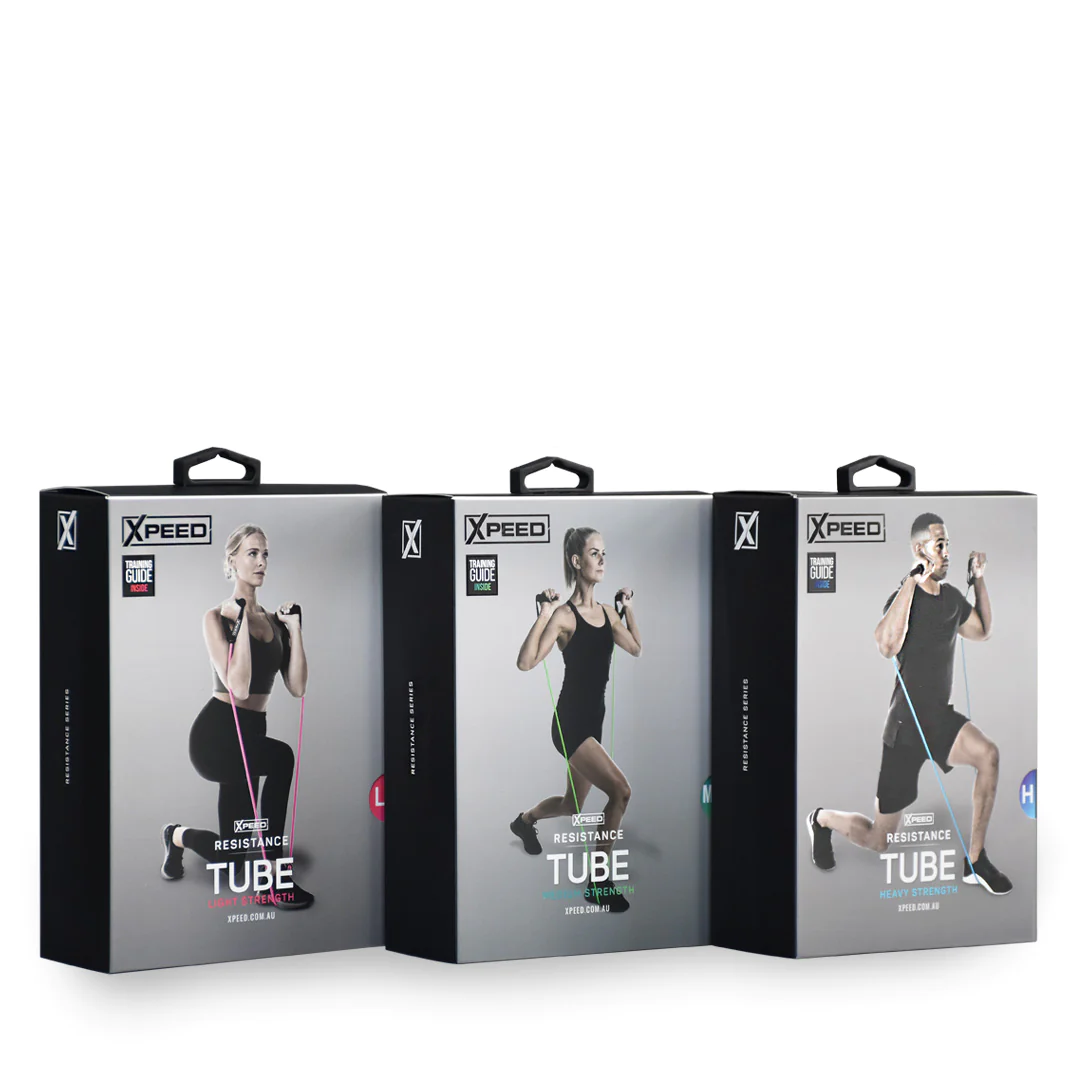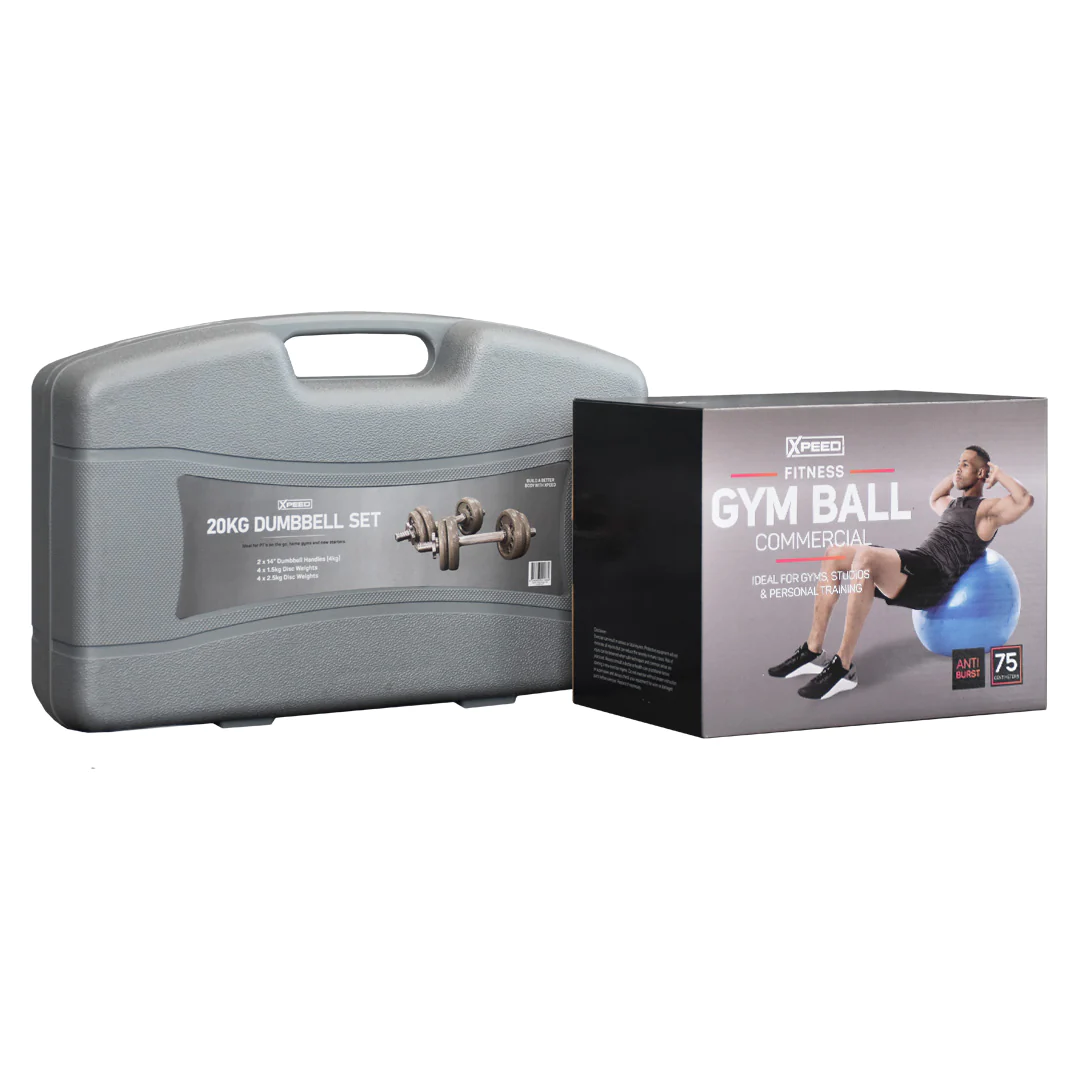Having the strength to be able to comfortably work right up to your retirement, and more importantly having the fitness and strength to enjoy retirement should be part of our current and future planning!
Planning, or forecasting your fitness and strength is just as critical as planning your financial and superannuation position to ensure you can retire comfortably!
In fact, we often talk about “fitness superannuation” with our clients when helping them do some fitness forecasting into their future.
What questions should we consider when thinking about our current and future strength needs?
Below is a sample of the questions I often get asked by new and existing clients, but also from friends and people I meet socially when they find out what I do professionally and what my interests are!
- How do I know if I’m strong enough? and how strong do I need to be? is there an upper – and a lower – limit??
- And how does one know how strong we need to be in the future to maintain a healthy and capable body?
- Do we know what the physical demands and impact of raising the retirement age will be? Are we strong enough to cope?
- Basically, how do we think about our strength and fitness ‘wealth’ to be able to enjoy the retirement we are financially preparing for?
What we know about forecasting strength and fitness:
If this is the first of our articles that you have read on ‘fitness forecasting’ then a lot of the questions above can be answered by this article. It explains how your strength and fitness can be measured, and compared against your peers – this gives us a good estimate of how strong you should be – and how it’s likely to track into the future – giving us an idea of how strong you will remain, and hence help us determine what changes may need to be made.
We know how strong and fit we are from numerous large studies from around the world. These studies give us the average fitness and strength levels across age brackets; allowing us to predict where our strength will be in coming years. Similar studies also tell us the association between strength and lifespan (how long we are likely to live) as these two factors are very strongly associated; and most importantly, how WELL we are likely to live – our healthspan – as strength is a fundamental component of our capacity to do the things we want and need to do!
The aerobic fitness component of this forecasting is covered in this blog.
How should we prepare to have the physical strength to enjoy retirement?
I’ll leave the financial planning side of things for retirement to experts in that area. But when it comes to forecasting your strength to ensure you can make the most of your retirement, we can definitely help! The studies mentioned earlier can give us a clear picture of our current ‘strength wealth’. Once we know our baseline, we can help plan the best strategies going forward.
Physical Activity and Strength training guidelines provided by both the World Health Organisation and the Australian Department of Health clearly show us that we should be doing two strength sessions a week.
At this point, some clarification of terms is important:
- What do we actually mean by strength? Think that for an exercise to ‘count’ as strength training, the implement you are lifting (dumbbell, barbell, kettlebell, or any other tool you may be using, even a bag filled with groceries!) should be heavy enough that shouldn’t be able to lift it more than 15 times
- Reps? This is the common term for a ‘repetition’, so each individual lift of the tool. Each time you do one bicep curl, that is one rep.
- Sets? these are the groupings of reps into back to back movements. So if you do 10 bicep curls in ‘one go’ that is a set of 10reps.
So how much actual ‘lifting’ or strength training should we actually do in those two recommened sessions? Research shows us that an ideal minimum amount is about 10 sets per body part per week. A simple way to think about body parts is to split them into:
- Chest – or pushing movements, such as bench presses and push ups
- back -pulling movements, such as rows and lat pull downs
- Legs – including squats, deadlifts, and lunges
So you should aim to do 10 sets for each of those three body parts, which is 30sets in one week.
But things could get a bit more complicated, as we could also break the above down to include arms as stand alone body parts, or break the legs down into quad or hamstring dominant exercises…. Now, I don’t want to confuse the issue, but only suggest that good guidance to do this effectively and safely is important!
This amount of strength training will ensure that your body doesn’t let you down when wanting to enjoy your retirement. However, it is important to plan progressions to this amount of trainign well! This is where we come in.
Our role could involve helping you with gym programs; making sure you are working at the right intensities to get the most value out of your time; and ensure that things progress at the right pace to make sure it’s safe and ‘injury proof’!
We can also provide regular (every 6-12months) testing to make sure things continue to progress in the right direction for you. Think of it as obtaing a report on your superannuation funds balance… with the benefit that this wealth – your fitness wealth – is not affected by global markets. But rather by the planning and implementation that you and us put together!!
We have much information published on this site to help you develop a plan to make you stronger, fitter. It will help you be better prepared to meet the physical and health demands of our increased work life and beyond!
Have a read, and drop us a line if you need more support!
Would you like to re-assess your health behaviours and identify what you need to work toward over the coming year?
Our scorecard is a quick and simple questionnaire to help you do this.
Take The Scorecard Here
It’s free and only takes 7 minutes


